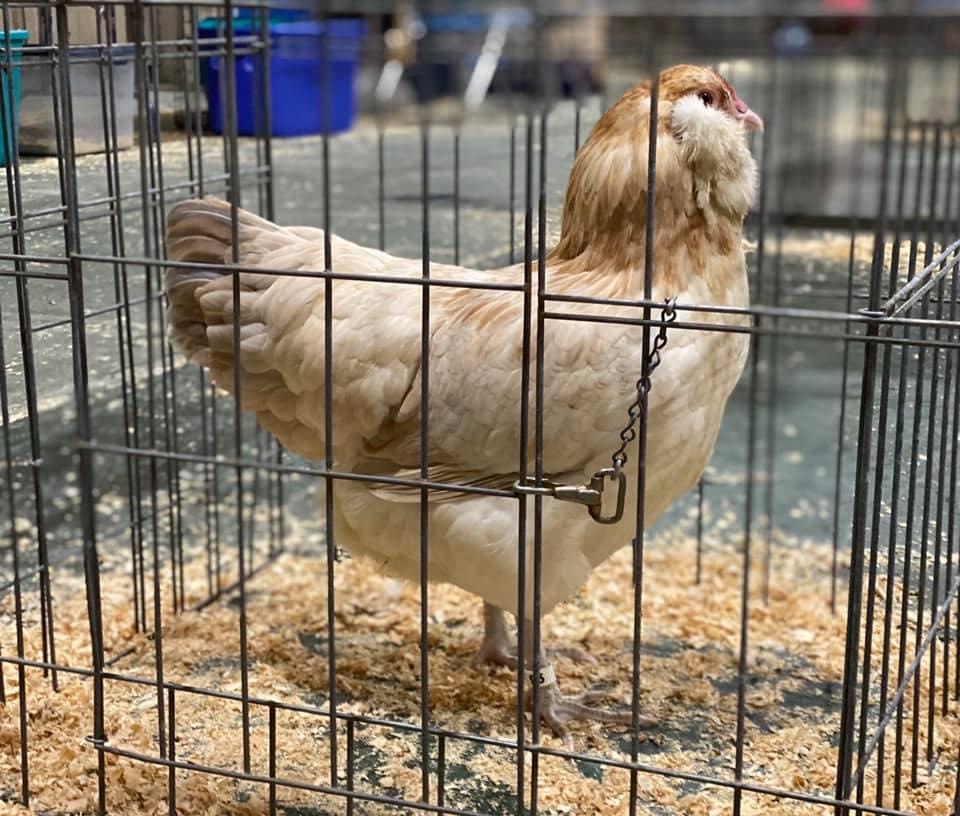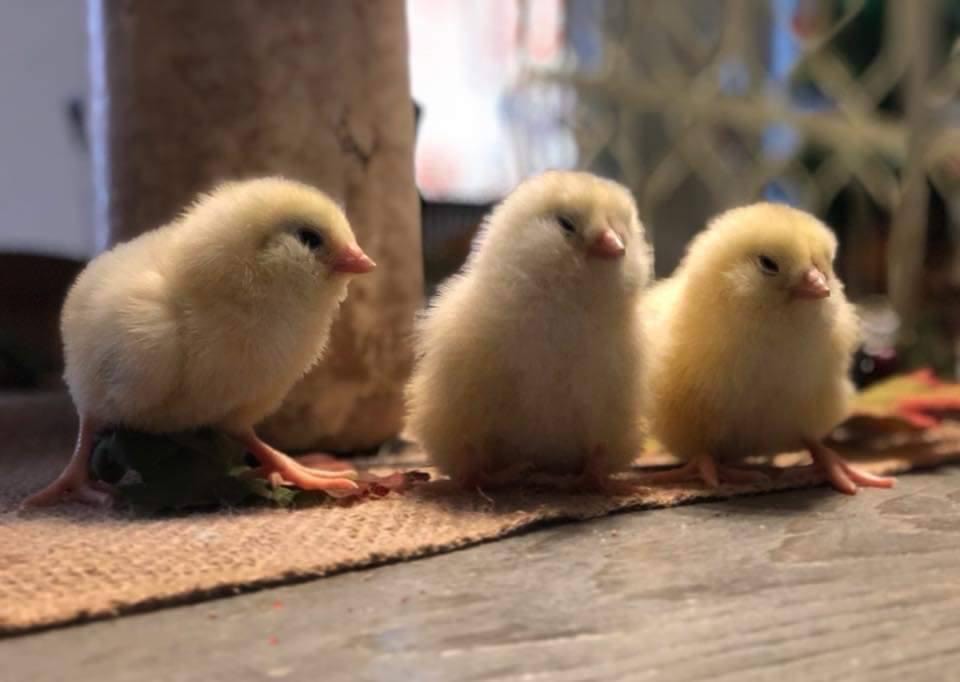Many times a year, I see posts and questions about the shank color of wheaten, blue wheaten, and splash wheaten Ameraucanas.
Posts like:
“Why do my day old wheaten and blue wheaten chicks not have slate shanks?”
“Why am I seeing variations in the amount of pigmentation on my wheaten and blue wheaten Ameraucana shanks?”
“Why do my wheaten and blue wheaten Ameraucanas not have really dark slate legs like my black Ameraucana?”
Often, exhibitors and breeders do not take the time to educate themselves regarding the underlying genetics of shank color and the genes and modifiers that affect it.
As it stands now, there are (*at least) three factors known to affect shank color in wheaten, blue wheaten and splash wheaten Ameraucanas. They are:
1) Skin color
2) Id gene
3) eWh allele

Skin Color
The gene that is responsible for white skin is known as W. It is dominant and wild type. The yellow skin gene is known as “w” and is recessive to white skin. Both white skin and yellow skin can affect the epidermal layer (outer layer) of skin on Ameraucana shanks.
To double check the skin color of your birds, take a close look at the foot pads on your Ameraucanas. They should be white. You can also take a look at other areas such as their beaks. Yellow, willow or green tints in these areas are indicative of yellow skin. Yellow skin is a disqualification for Ameraucanas.
Id Gene
There are actually several Id alleles (Id, id^a, id^c, id^M, and id+) which are known to effect dermal melanin expression. Today I will just focus on Id and id+ in regards to their impact on wheaten, blue wheaten, and splash wheaten shank color. They are found on the sex chromosome and are sex linked. Males have two copies and females have one copy. Id (which is the absence of black pigment) and id+ (which is the presence of black pigment) affect the dermal layer of skin on Ameraucanas. The dermal layer is the “bottom” or “underneath” layer of skin. The dark color of the dermal layer, combined with white skin and the clear epidermal layer creates the characteristic slate shank color on an Ameraucana.
Dermal melanin comes in slowly on eWh chicks and can take anywhere from four to sixteen weeks to come in. This is why wheaten and blue wheaten chicks are born with flesh-colored feet that gradually turn slate with age.

eWh Allele and Shank Color
The e locus alleles produce the base colors and patterns that color varieties are built upon.
Some of the most common e locus alleles are:
E (Extended Black)
E^R (Birchen)
e^Wh (Dominant Wheaten)
e+ (Wild Type)
e^b (Brown)
eWh, which is the allele that wheaten and blue wheaten Ameraucanas should be based on, is known to inhibit the expression of dermal melanin. It can reduce and even hide the expression of it. This is one reason why you can’t always compare the shanks of your wheaten Ameraucanas (which are based on eWh) to your black Ameraucanas (which should be based on E) as they are based on completely different E locus alleles. E is known to extend eumelanin and enhance dermal melanin.
Hopefully this article has given you a preview of some of the genes, alleles, and modifiers that can affect shank color in wheaten, blue wheaten and splash wheaten Ameraucanas. When narrowing down your birds and selecting breeders, I recommend selecting for dark shanks. While there are some variations in opinion among members of the scientific community, these three factors have been studied extensively and have continually been proven to impact shank color.
by Lindsay Helton
